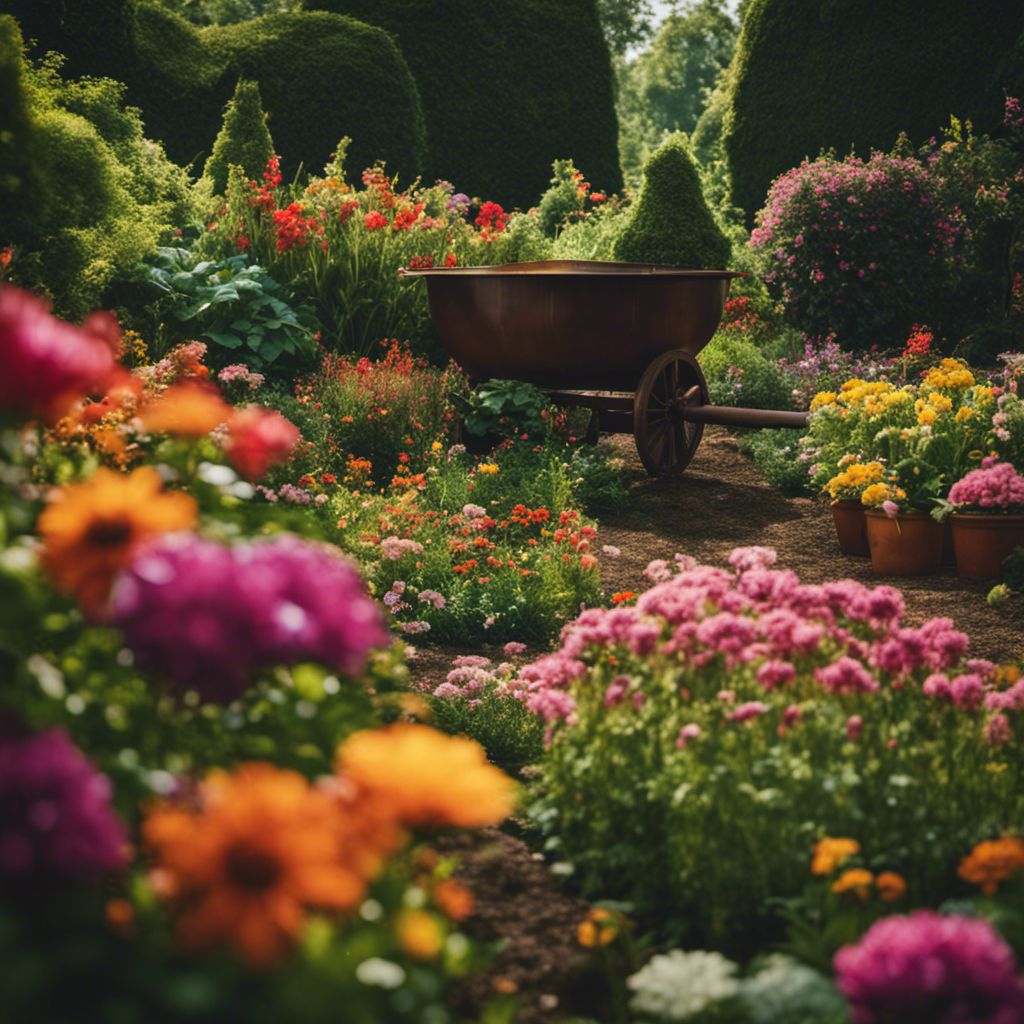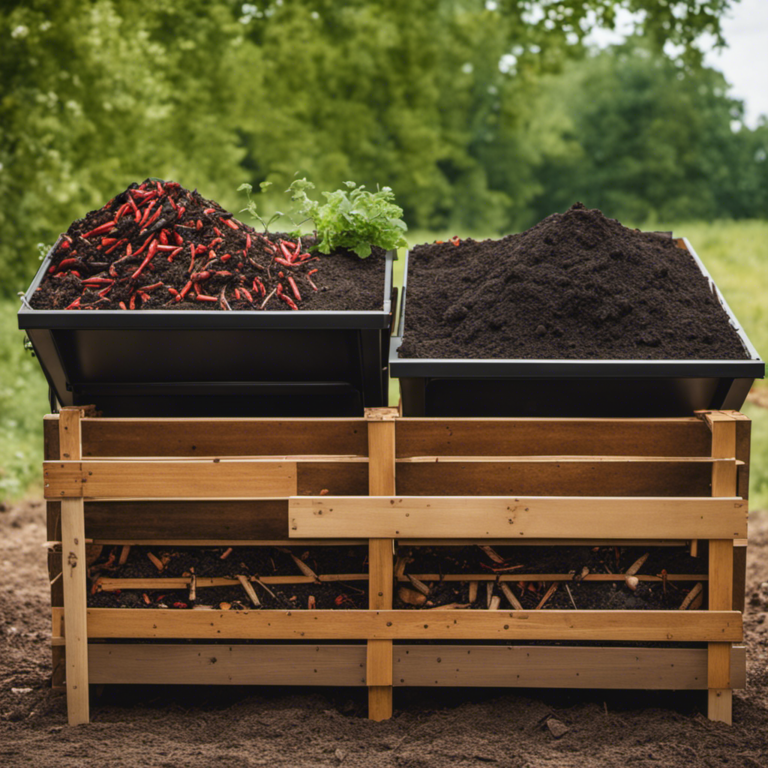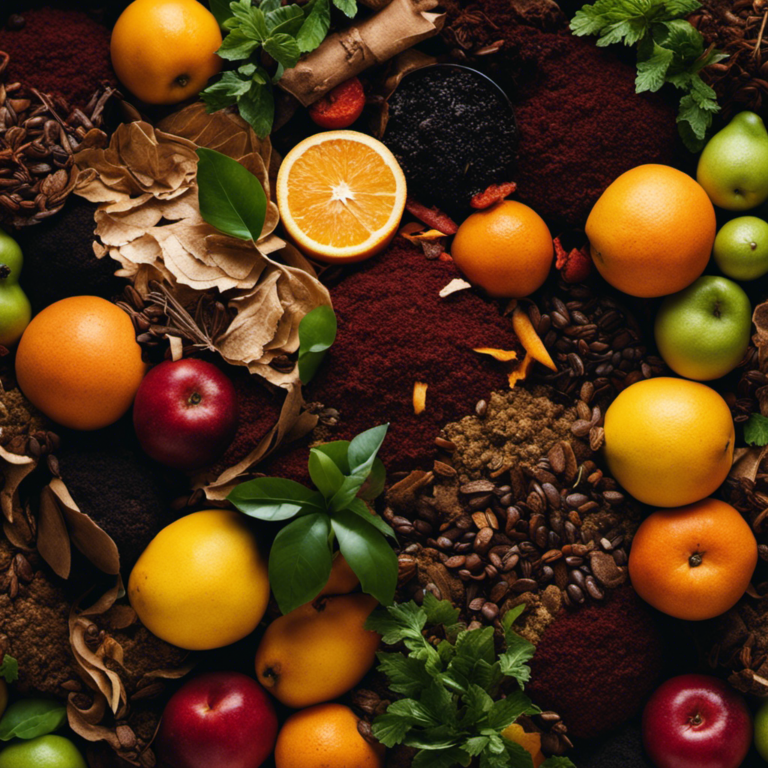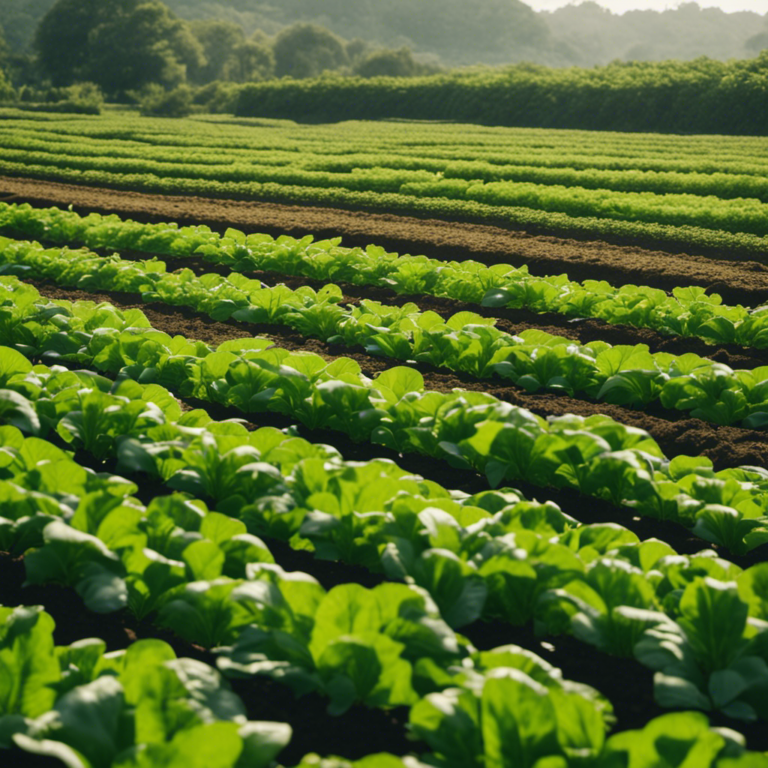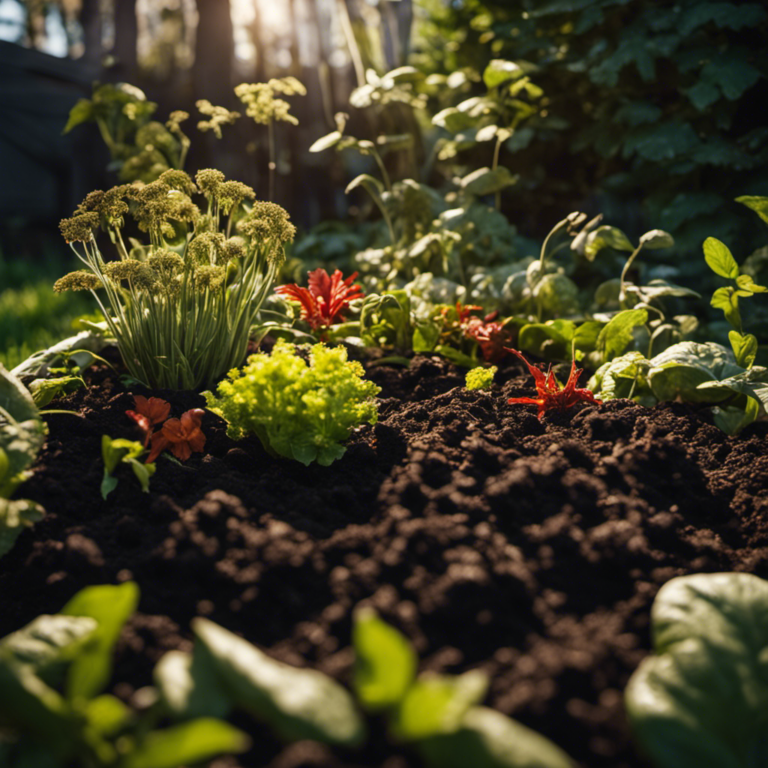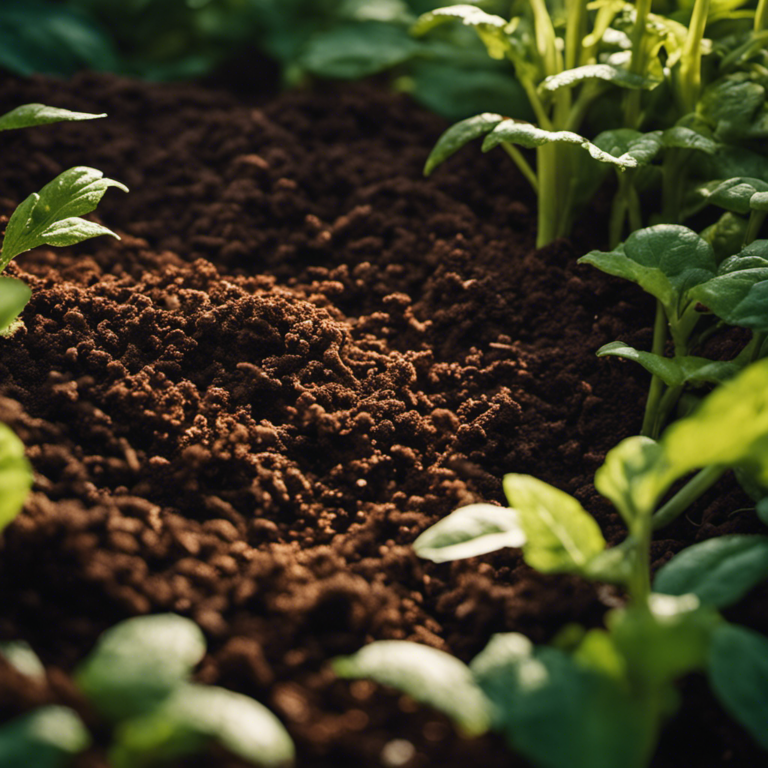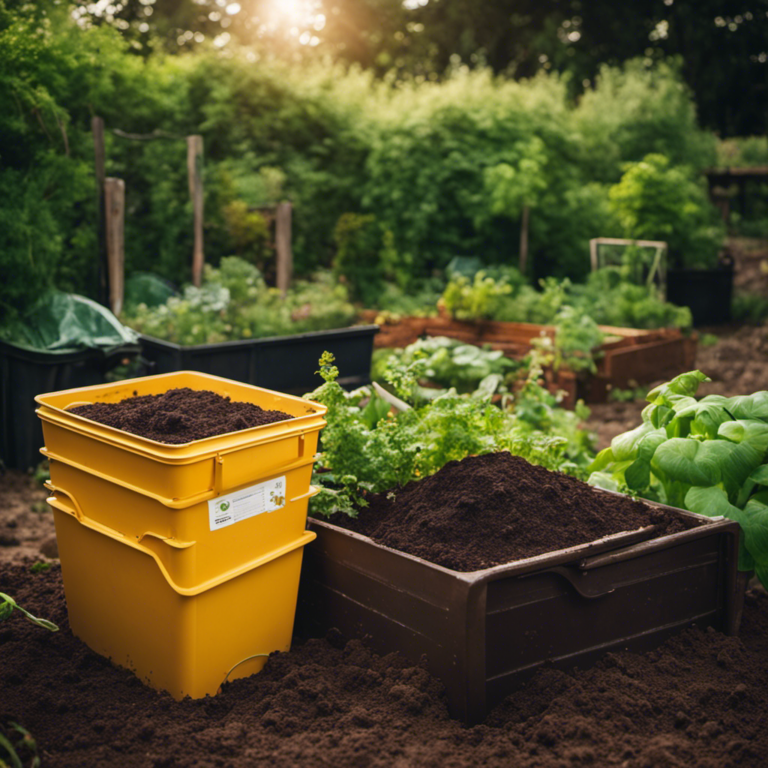Are you ready to transform your garden into an organic oasis?
In this article, I’ll guide you through the world of home composting. Learn how to create nutrient-rich soil that will benefit your plants and enhance your gardening experience.
From choosing the right method to troubleshooting common issues, I’ll provide practical tips to ensure your composting journey is a success.
Get ready to harvest and use your very own homegrown compost for a thriving garden.
Key Takeaways
Home composting is a practical and environmentally friendly way to dispose of organic waste while benefiting your garden. By choosing the right composting method, using essential materials, and maintaining your compost pile, you can create nutrient-rich soil that will improve the growth of your garden. Don’t wait any longer – start composting today and see the positive impact it has on your garden!
Choosing the Right Composting Method
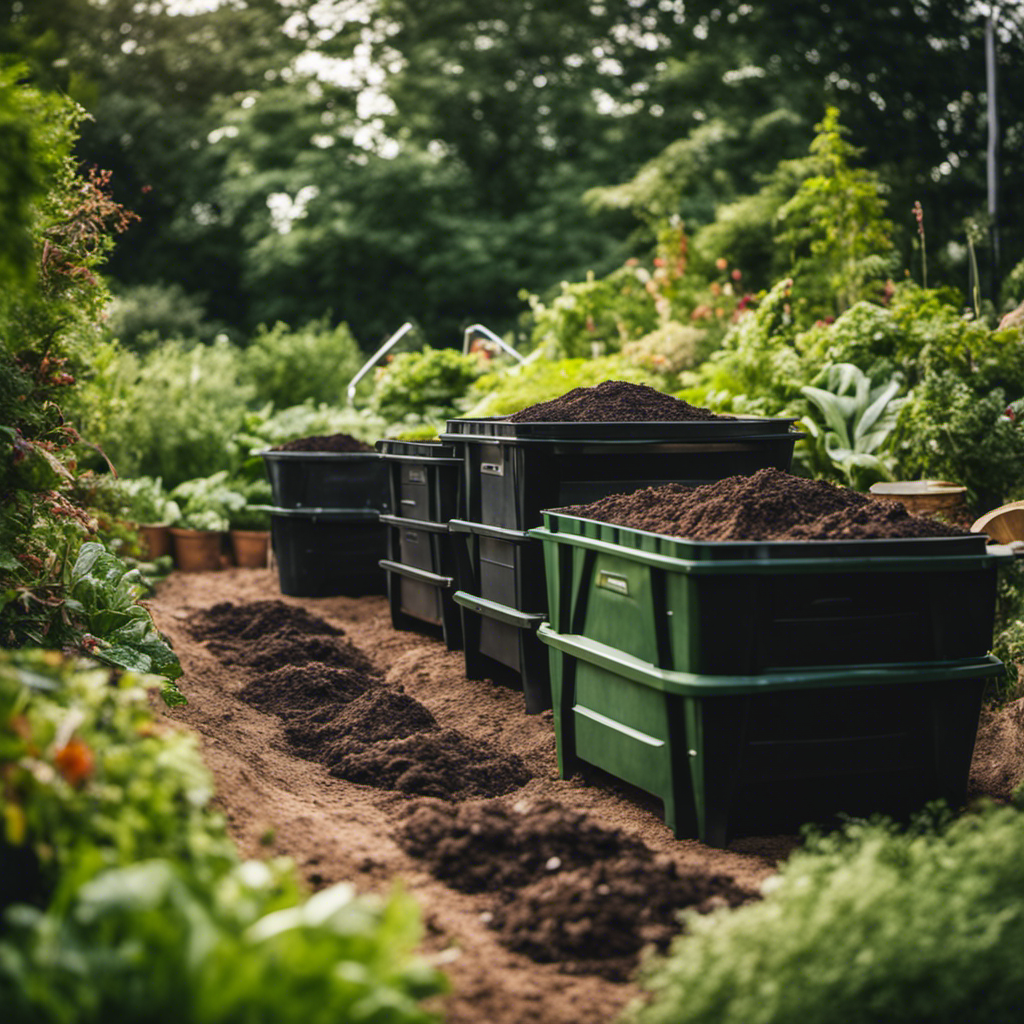
Choosing the Right Composting Method
When it comes to composting, it’s important to select a method that suits your needs and preferences. Two popular methods to consider are aerobic composting and vermicomposting.
Aerobic composting relies on oxygen to break down organic materials. You can create a pile or bin where you mix food scraps, yard waste, and other organic matter. The presence of oxygen helps the decomposition process occur more efficiently, resulting in nutrient-rich compost. This method is ideal for those with ample space and a desire to compost a variety of materials.
On the other hand, vermicomposting involves using worms to break down organic waste. You can set up a worm bin or vermicomposting system where the worms consume food scraps and produce nutrient-rich castings, also known as worm compost. This method is suitable for those with limited space or urban dwellers. It’s also a great way to involve children in the composting process, as they can take care of the worms.
The choice between aerobic composting and vermicomposting ultimately depends on your specific needs and preferences. Consider factors such as available space, the amount and type of waste you produce, and your desired level of involvement. By selecting the right method, you can ensure successful composting and make a positive impact on the environment.
Essential Materials for Home Composting
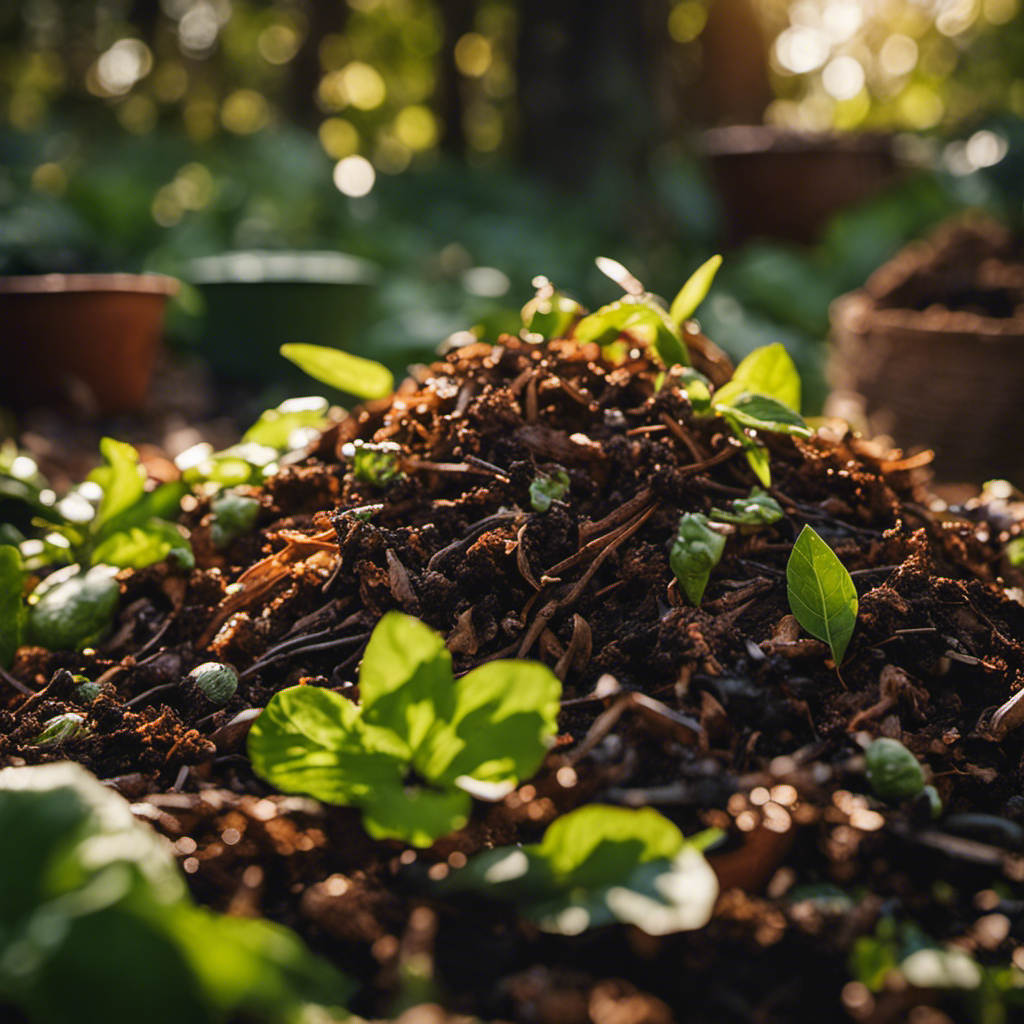
To start composting at home, you’ll need a few essential materials to ensure successful decomposition and nutrient-rich soil. Here are three key items that are necessary for the composting process:
-
Compost bin: A compost bin is the foundation of home composting. It provides a contained space for organic materials to break down and transform into nutrient-rich compost. There are different types of compost bins available, such as traditional bins, tumblers, and worm bins. Choose one that suits your needs and available space.
-
Green and brown materials: Composting requires a balance of green and brown materials. Green materials include fruit and vegetable scraps, grass clippings, and coffee grounds. These materials provide nitrogen, which speeds up decomposition. Brown materials, such as dry leaves, straw, and shredded paper, provide carbon, which helps create aeration and balance in the compost.
-
Water: Moisture is crucial for the composting process. It helps microorganisms break down the organic matter. Ensure that your compost pile or bin has the right moisture level, similar to a damp sponge. If it’s too dry, add water; if it’s too wet, add more brown materials to absorb excess moisture.
By having a compost bin, a mix of green and brown materials, and proper moisture, you’ll be well-equipped to begin your home composting journey. These essential materials will help you create nutrient-rich compost that nourishes your garden and reduces waste.
Happy composting!
Maintaining the Perfect Compost Pile

Maintaining the Perfect Compost Pile
To maintain an ideal compost pile, it’s important to regularly monitor the temperature, moisture levels, and turning frequency. These factors play a crucial role in creating a thriving compost pile that yields nutrient-rich organic matter for your garden. Let’s take a closer look at how to maintain the perfect conditions for your compost pile.
Compost Pile Location
When choosing a location for your compost pile, it’s best to select a sunny area that is easily accessible. Placing the pile in a sunny spot allows it to receive sufficient heat from the sun, which aids in the decomposition process. Additionally, having the pile in a convenient location encourages regular maintenance.
Turning Frequency
Regularly turning your compost pile is essential for proper aeration and decomposition. It is recommended to turn the pile every two to three weeks. This helps distribute moisture evenly and mixes the organic materials, resulting in faster decomposition.
Monitoring Factors
To keep track of the important factors for your compost pile, you can use a simple table like the one below:
| Factors to Monitor | Ideal Range | How to Monitor |
|---|---|---|
| Temperature | 120-150°F | Use a compost thermometer to check the temperature at various spots in the pile. |
| Moisture Levels | 40-60% | Squeeze a handful of compost. It should feel like a damp sponge. Add water if it’s too dry, or dry materials if it’s too wet. |
| Turning Frequency | Every 2-3 weeks | Use a garden fork or compost turner to aerate and mix the pile thoroughly. |
By paying attention to these factors and making necessary adjustments, you can maintain a healthy compost pile that provides nutrient-rich compost for your garden. Happy composting!
[Custom Quote]: "A well-maintained compost pile is the key to nutrient-rich organic matter for your garden."
Troubleshooting Common Composting Issues
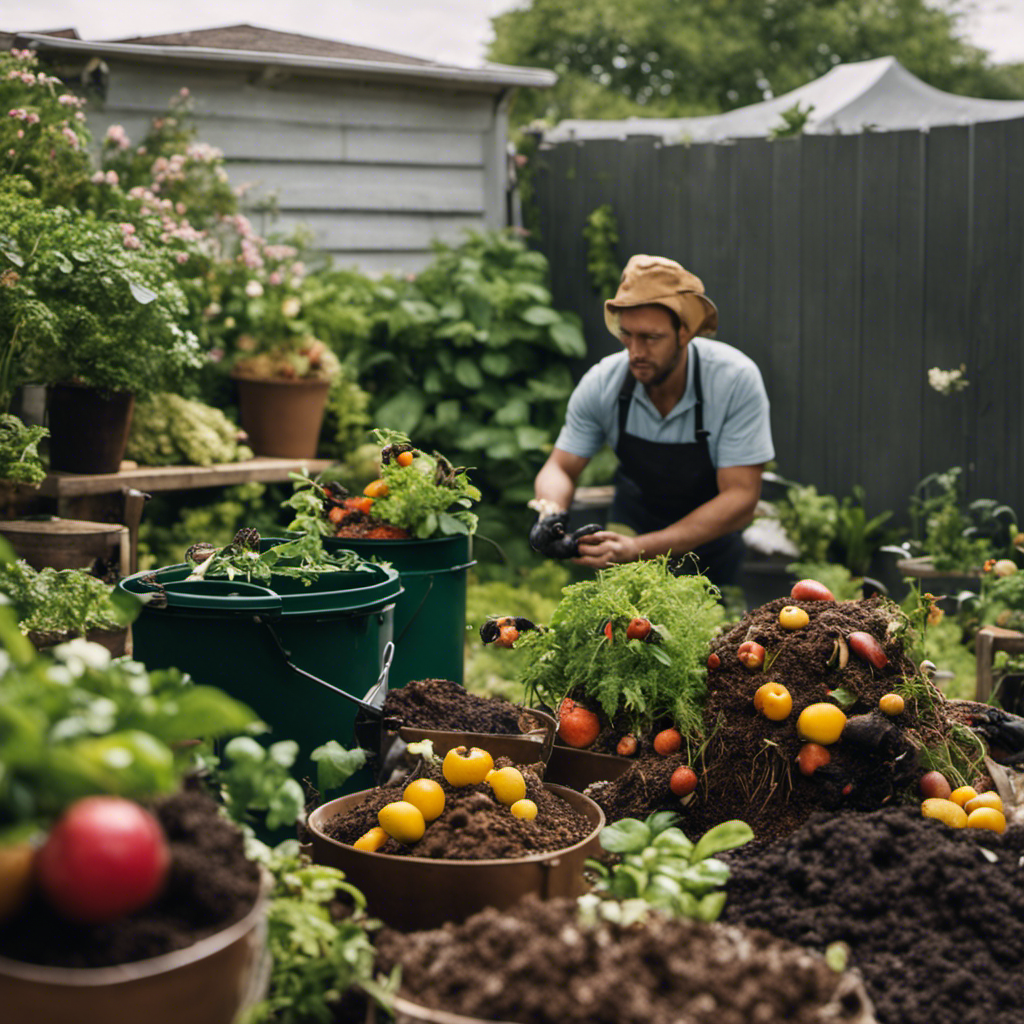
How can I effectively troubleshoot common composting issues to ensure a healthy compost pile?
Composting is a great way to reduce waste and create nutrient-rich soil for your garden. However, it does come with its fair share of challenges. Here are some tips to help you troubleshoot common composting issues, especially if you have limited space:
- Preventing pests:
Pests like rats, raccoons, and flies can be attracted to your compost pile. To avoid this problem, follow these steps:
- Avoid adding meat, dairy, or oily foods to your compost as they can attract pests.
- Cover your compost pile with a lid or a layer of straw to discourage pests from accessing it.
- Regularly turn your compost to discourage pests from settling in.
- Composting in small spaces:
Don’t let limited space stop you from composting. Here’s what you can do:
- Use a compost bin or tumbler specifically designed for small spaces.
- Consider vermicomposting, which uses worms and is compact and odorless.
- Try indoor composting using a bokashi system, which ferments organic waste.
Harvesting and Using Your Homegrown Compost
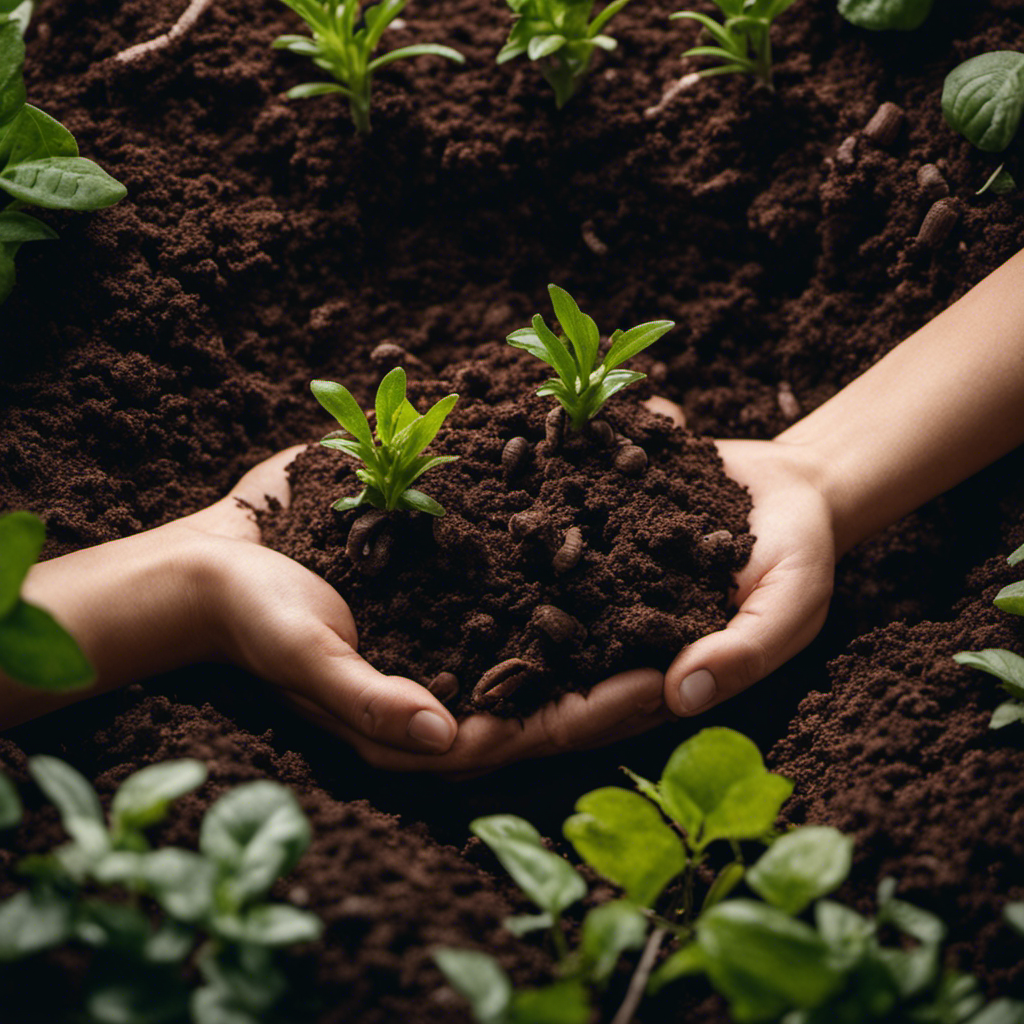
Harvesting and Utilizing Your Homegrown Compost
After troubleshooting common issues with composting, I successfully harvested and used the nutrient-rich compost in my garden. Now, it’s time to enjoy the rewards of my hard work!
One of my favorite ways to use my homegrown compost is by incorporating it into my potted plants. Not only does it provide them with essential nutrients, but it also improves the soil structure and helps retain moisture. To use compost in potted plants, simply mix it with the potting soil before planting. You can also sprinkle a thin layer on top of the soil as a natural mulch.
Another great way to make the most of my compost is by incorporating it into my raised bed gardening. Raised beds offer excellent drainage and allow for better control over soil quality. By adding compost to the raised bed, I can enhance its fertility and promote healthy plant growth. Before planting, I mix the compost into the existing soil, ensuring an even distribution. The compost acts as a natural fertilizer, enriching the soil and providing essential nutrients to my plants.
Using my homegrown compost in both potted plants and raised bed gardening has had a noticeable impact on the health and productivity of my garden. It’s a joy to see how my plants thrive and flourish with the addition of this nutrient-rich organic matter.
So, don’t let your compost go to waste! Give your garden the organic bliss it deserves by incorporating your homegrown compost in these practical and effective ways.
[QUOTE]: ‘Composting not only reduces waste but also nourishes the garden, creating a sustainable cycle of growth and renewal.’
Conclusion
So there you have it!
Home composting is a practical and environmentally friendly way to get rid of organic waste while benefiting your garden.
By choosing the right composting method, using essential materials, and maintaining your compost pile, you can create nutrient-rich soil that will enhance your garden’s growth.
Don’t wait any longer – start composting today and witness the organic bliss in your garden!
